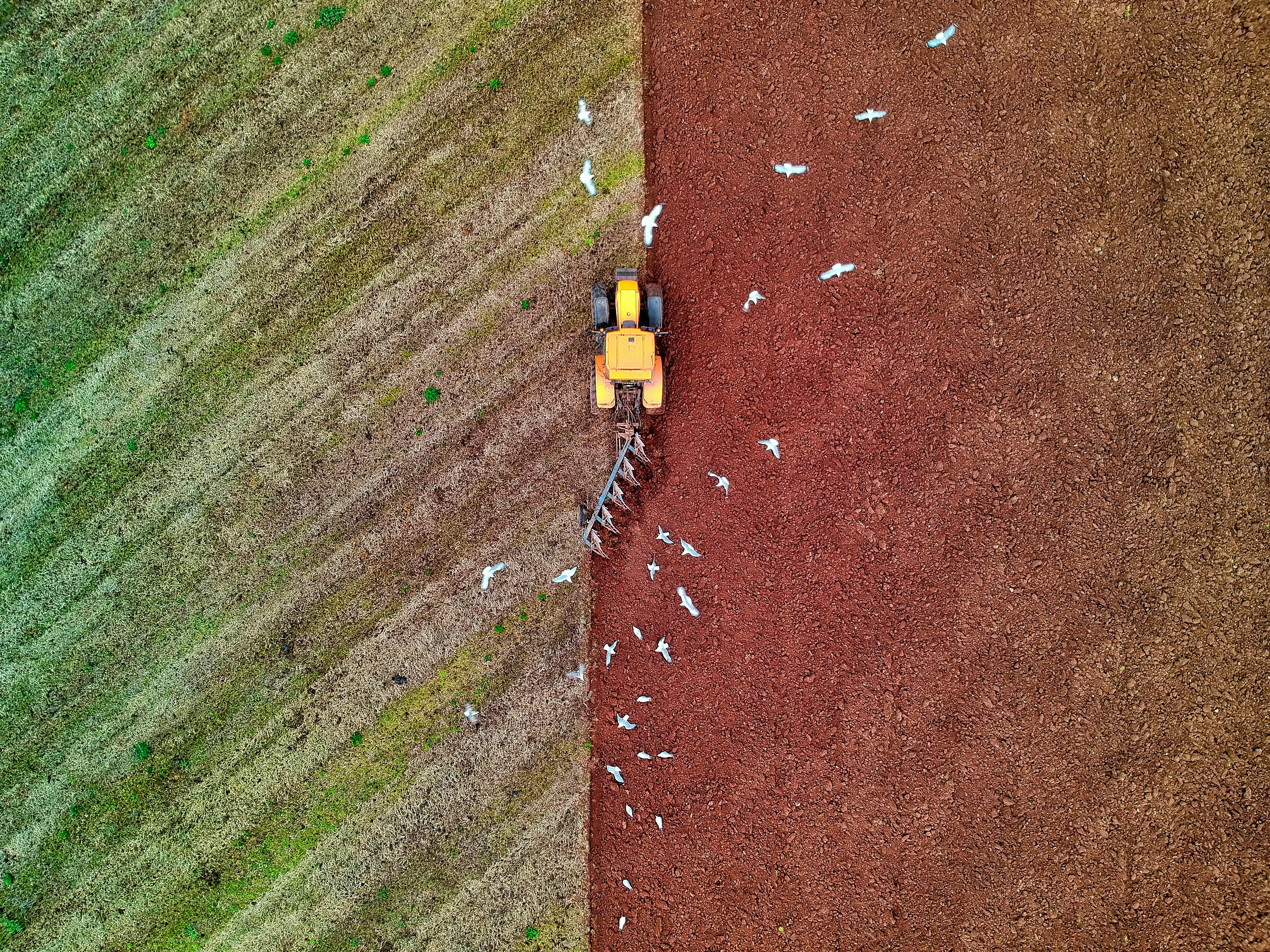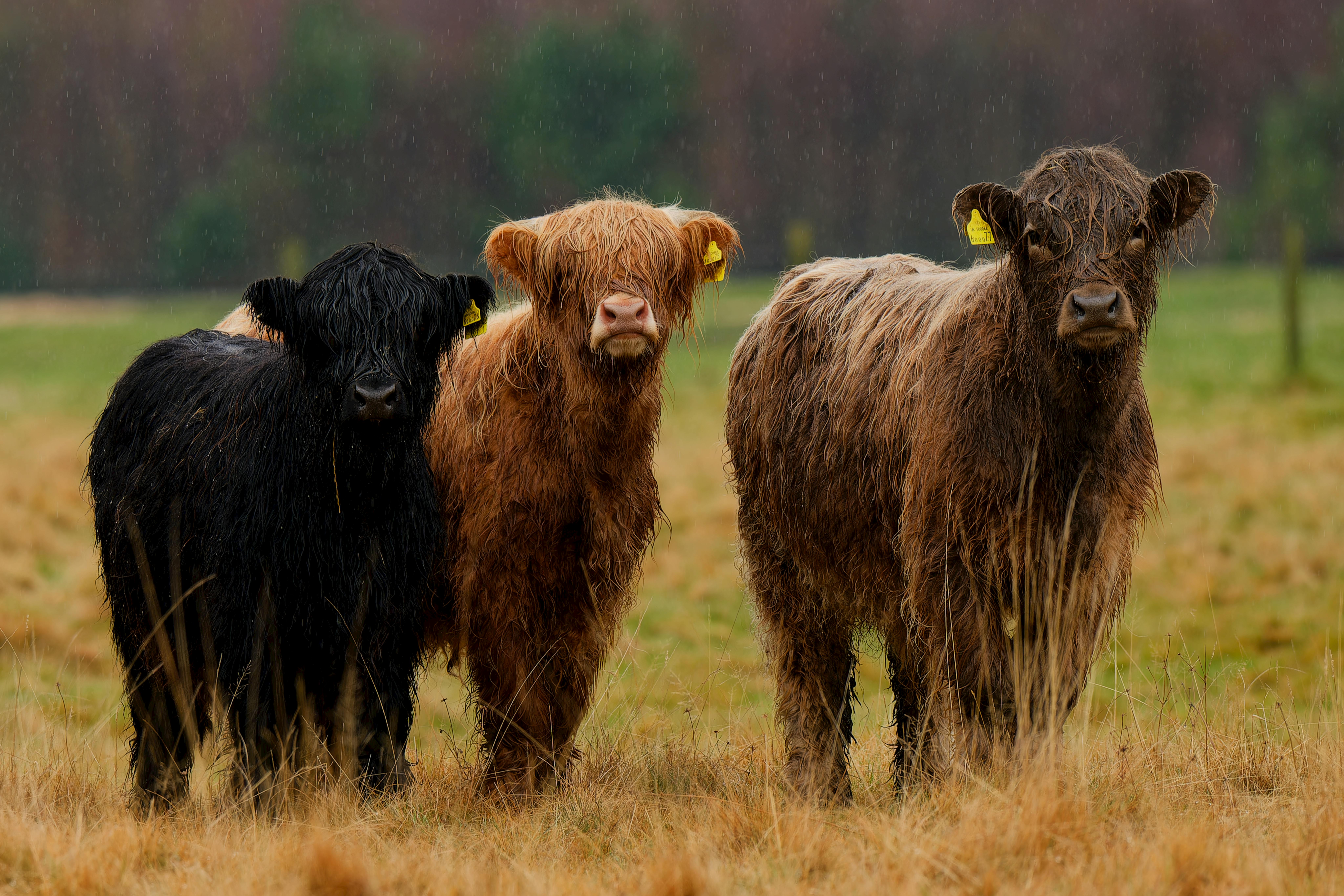
Understanding UK Land Prices: A Complete Guide
The UK land market continues to experience dramatic variations in value, with prices ranging from basic agricultural land at around £6,000 per acre to premium development sites commanding over £3 million per acre. Understanding these price differences is crucial for landowners, investors, and buyers navigating today's complex property landscape. This guide is part of our comprehensive Land for Sale: The Complete Guide.
This guide examines the key factors that determine land values across the UK, using current market data and real-world examples to explain why seemingly identical plots can vary so dramatically in price.
Table of Contents
Current Market Overview: Where Land Values Stand in 2025
The UK land market in 2025 presents a mix of steady agricultural values alongside volatile development land prices. Agricultural land remains strong, with arable land averaging approximately £9,811 per acre and pasture land around £7,959 per acre early this year.
Agricultural Land Values by Type
- Arable Land: The most productive farmland trades between £8,000 and £13,500 per acre, with premium Grade 1 soil commanding the highest prices. Leading markets include East of England and South East England, where top-tier arable land can reach £12,000–£15,000 per acre.
- Pasture Land: Values range from £5,000 to £9,400 per acre, showing regional variation. Northern England typically sees lower prices (£6,000–£7,000 per acre) while southern counties often surpass £8,500 per acre.
- Lower-Grade Land: Land suitable only for rough grazing or less intensive use generally sells between £4,000 and £6,000 per acre, representing a baseline for rural land transactions.

Pasture land with cattle grazing - typical agricultural land that commands £5,000-£9,400 per acre
The Infrastructure Premium: Why Services Add Value
Access to essential services greatly increases land value.
- Mains Water & Electricity: Land with utilities commands a 25–40% premium. For example, water-connected land may sell for £8,500 per acre compared to £6,500 for an identical plot without services.
- Access Roads: Good vehicular access can uplift value by £1,000–£3,000 per acre.
- Drainage: Proper drainage is a valued feature, especially for intensive agriculture.
- Buildings and Fencing: Existing barns, stables, sheds, and quality fencing can increase land value by several thousand pounds per acre.
Land Classification and Quality
Soil quality and land grade directly affect prices. Understanding these factors is crucial when selling land with planning permission, as buyers will assess both the land quality and development potential.
- Grade 1 (Excellent): The UK's finest productive soils attract premiums often 30–50% higher than average farmland.
- Grade 2 (Very Good): Slightly lower productivity but still commands 15–25% premiums.
- Grade 3a (Good) and Below: Prices correspondingly lower, with discounts for Grade 3b and other lower classifications, but good land remains valuable.
Location: The Primary Price Driver
Location is the most significant factor influencing land value. For detailed regional price breakdowns and a comprehensive valuation calculator, see our land price per acre guide.
- South East England: Agricultural land close to London sells from £12,000–£18,000 per acre due to development pressure and wealthy buyers.
- South West England: £8,000–£14,000 per acre, with coastal and lifestyle premiums.
- Midlands and Northern England: More affordable land from £6,000–£11,000 per acre, though areas near major cities see premiums.
- Scotland and Wales: Typically £4,000–£8,000 per acre, with remote areas at the lower end.
- Urban Proximity: Land within commuting distance of cities commands significant premiums, sometimes doubling rural prices.
Recreational and Lifestyle Land: The Leisure Premium
Lifestyle buyers drive demand for non-agricultural land uses.
- Fishing Lakes & Ponds: Can range from £50,000 to £150,000 an acre.
- Woodland: Mature woodland ranges from £3,000 to £8,000 per acre.
- Equestrian Properties: Often £15,000–£40,000 per acre.
- Smallholdings: Mixed residential and agricultural uses can sell for £20,000–£60,000 per acre.
Smaller plots under 5 acres often command higher per-acre prices due to lifestyle value.
Development Potential: The Ultimate Value Multiplier
Land with planning permission or development potential commands the highest prices.
- London & Commuter Belt: Development land often exceeds £2–3 million per acre, with prime sites reaching £5–10 million.
- Regional Cities: £1–2 million per acre with planning.
- Market Towns & Rural Development: £200,000–£800,000 per acre depending on demand and permissions.
Planning permission can increase land value by 50 to 200 times agricultural value, explaining the large price gaps.
Overage Clauses: Protecting Future Development Value
Sellers often include overage clauses to benefit from future planning gains:
- These clauses entitle the seller to a percentage (often 25–50%) of uplift in land value after planning permission.
- Typical durations are 10–30 years, with clear valuation mechanisms.
- Overage reduces upfront sale price but protects sellers from losing out on future development profits.
Market Trends and Challenges
- Interest rates have curbed speculative buying.
- Construction cost inflation affects development land residual values.
- Policy changes, including inheritance tax adjustments, influence demand.
- Supply remains limited but buyer selectivity has increased.
- Investment funds remain active in premium agricultural land.
Future Outlook
- Environmental policies, carbon credits, and biodiversity gains are increasingly factoring into land value.
- Planning reforms and climate adaptation challenges will shape future values.
- Renewable energy developments add new value streams but may conflict with agriculture.
Table of Contents

Janet Wirral
Land Expert & Property Consultant
With over 15 years of experience in land development and property law, Janet specializes in helping landowners maximize the value of their assets through strategic planning and expert guidance.
Ready to Buy or Sell Land?
Whether you're looking to invest in agricultural land or sell your property, understanding current market values is crucial for making informed decisions.